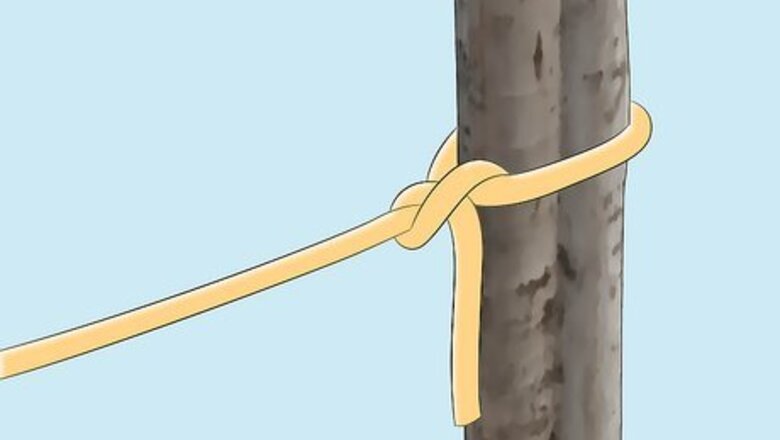
views
X
Research source
It's composed of three parts to give it maximum strength and utility: a loop, a purchase, and two half hitches. Theoretically, it provides a three-to-one mechanical advantage when tightened, though in reality this advantage is usually less due to friction.
Tying a Classic Trucker's Hitch
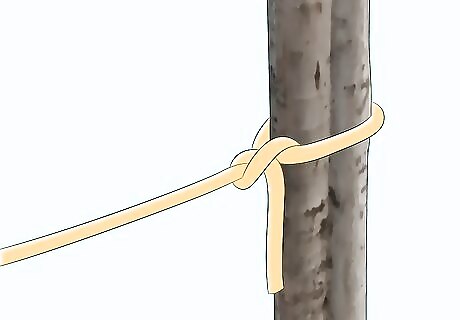
Tie off your rope at one end. You'll want your rope secured at one end to something sturdy, like a cleat in the bed of your truck, a well anchored post, and so on. You'll be using the free end of your rope to create your trucker's hitch, which is based on the slip knot.
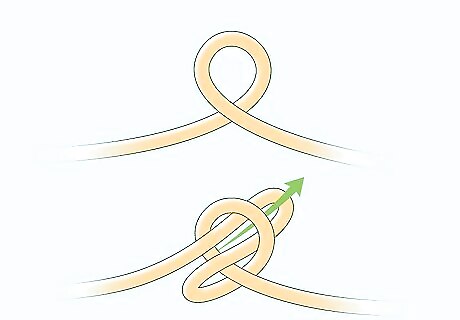
Form a loop. Create a loop in the line of your rope and hold that loop where the rope crosses itself. You can do this easily by pinching the crossed segment together with your forefinger and thumb. This motion of taking your line around itself to create a loop is called a crossing turn. Then, with your free hand, feed some rope from after the crossing turn through the loop. You can create a trucker's hitch better suited for extreme loads by creating several crossing in your first loop, instead of only one. This can be done easily by twirling your loop several times. You should only pull enough line through your first loop to create a second loop that emerges from your first. This will only require a few inches of line.
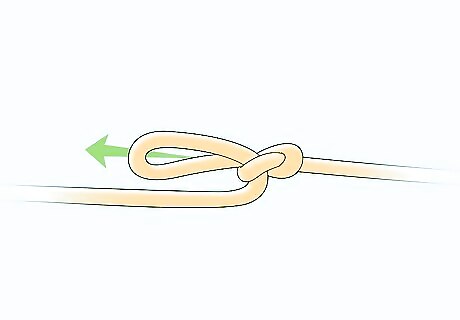
Cinch your first loop tight. You can do this by tugging on the side of the second loop feeding toward your anchor and the line that is feeding into your first loop. This should cinch your line and first loop around the second loop so that you no longer need to hold it together with your fingers. At this point, you should only have a single loop in your line. This loop should stick out of the now cinched tight first loop. This is the slip knot portion of your trucker's hitch.
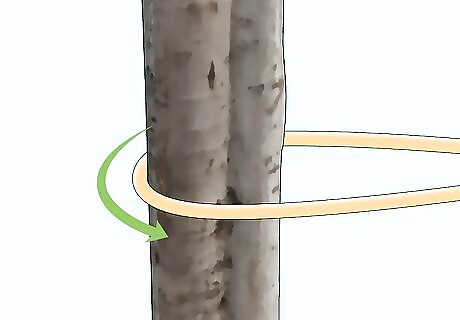
Anchor the free end of your line. You can do this by passing the tail end of your line around a sturdy object, like a cleat, peg, or secure post. Make sure that whatever you use as your anchor point is strong enough to secure what you are holding with your line. Pull the line firmly to tighten the knot and make the string between your first and second anchors taut. Too much slack in your line could cause your load to slip or shift.
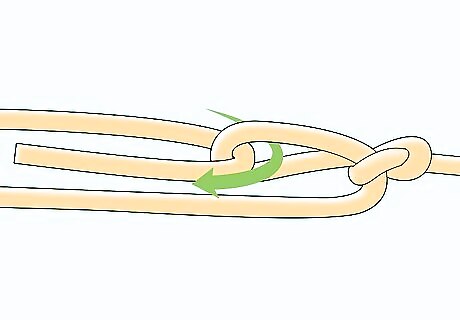
Pass the free end of your rope through the remaining loop. Feed the tail end through the loop until there is no longer any slack in the free end of your line. This will also serve to tighten and strengthen your trucker's hitch knot.

Finish the knot with two half-inch locks. These locks are sometimes called hitches. Take your free end around both post-knot strands of your line. Since you have run your line around/through an anchor point and returned it back to the knot to finish the tying, your post-knot rope will have two strands. After taking your free end around both strands... Keep the free end loose so a loop is formed when you bring it around the post-knot strands. Pull your free end through the loop and pull it tight, then slide this to the base of your main knot. This is your first lock. Then... Perform the same maneuver after the point you have tied the first lock. This time, when you pull the tail end through the loop, pull it through so the free end protrudes from beneath the two locks. Pull the knot tight. This kind of knot will be suitable for light to moderate tension in your line. Enjoy using your trucker's hitch!
Tying the Sheepshank Variation of the Trucker's Hitch

Create two crossing turns in your line. A crossing turn passes the free end of your line around itself so that it continues away from your already secured end of the rope, forming a loop. Do this twice, and be sure to leave yourself extra line in each turn so both form loops large enough for your rope to pass through.

Pass a small amount of rope through the turns and tighten. Take a few inches of your rope from the line after the crossing turns and pull it through both loops. Leave enough line after the second of your two crossing turns so that when you tighten your line there are loops both above and below the turns.
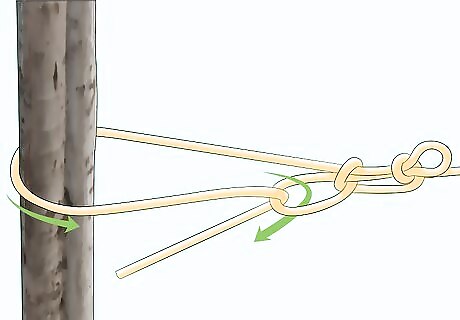
Anchor the free end of your line and feed it through the loop. Just as you'd do with a normal trucker's hitch, you'll want to take your line around an anchor point and bring it back to the free end oriented part of your knot. Pass your line through the loop there and pull tight. This modified trucker's hitch is good for light to moderate tension, but it is susceptible to failure under extreme duress. You might want to choose a different knot for especially heavy loads.
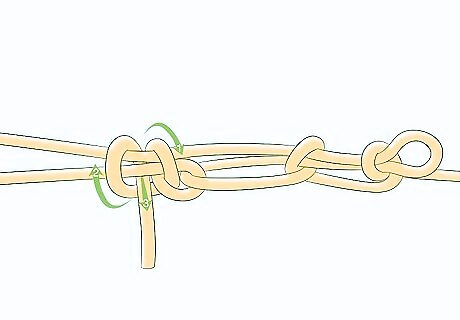
Fasten the end of your line and your trucker's hitch knot with two locks. Just as you would do for a normal trucker's hitch, you can create simple locks (also called hitches) in the line at the free end oriented part of your knot. Simply take your free end around the double strands of your line at the base of the knot and... Leave enough slack in your line to form a loop. Take your free end through the loop and pull it tight, sliding the lock to meet the base of your knot. Repeat this process, threading your line through the loop so it emerges from between the locks. Pull your second lock tight and slide it so it is next to the first. Your modified trucker's hitch is ready for business!




















Comments
0 comment